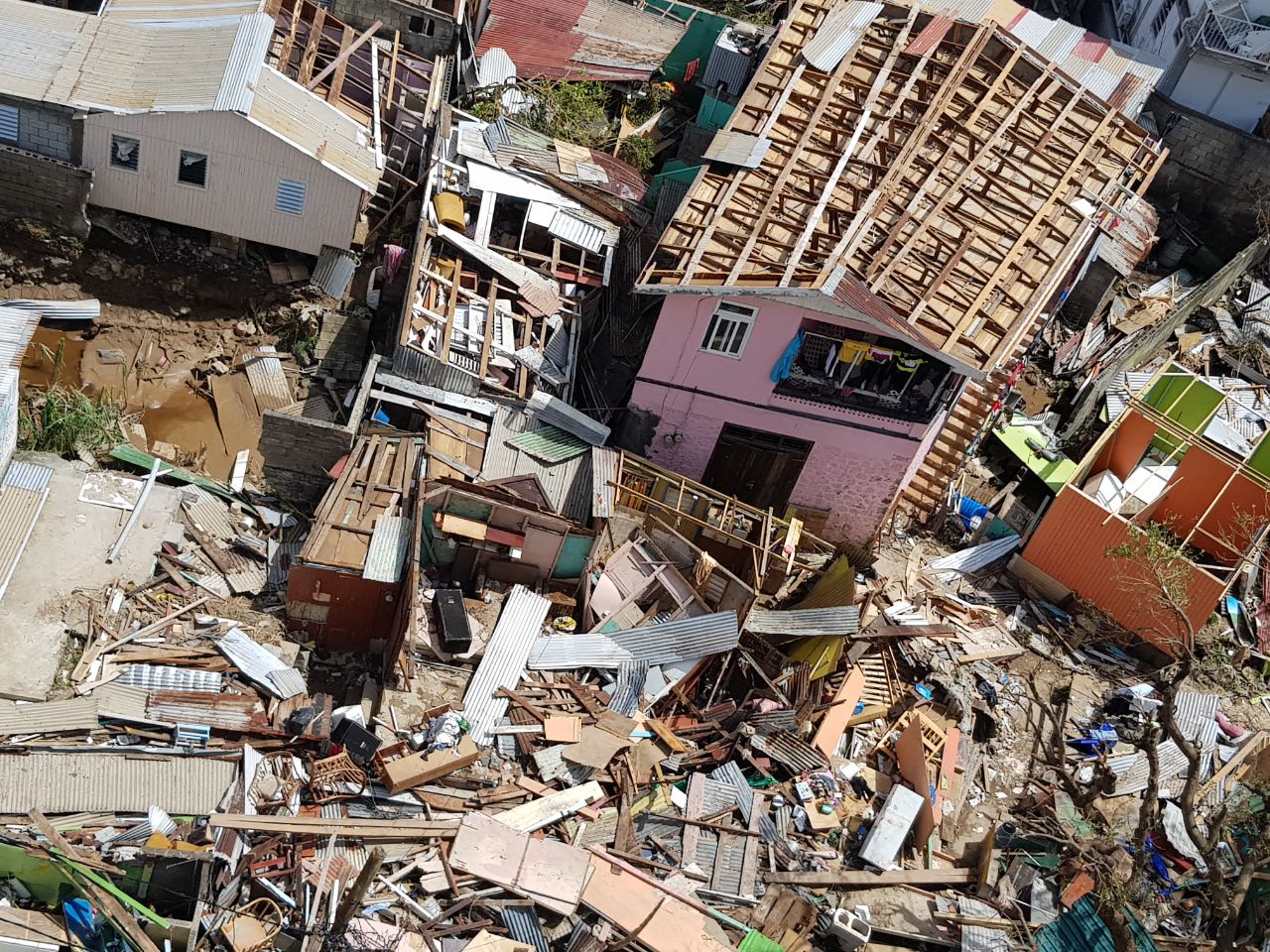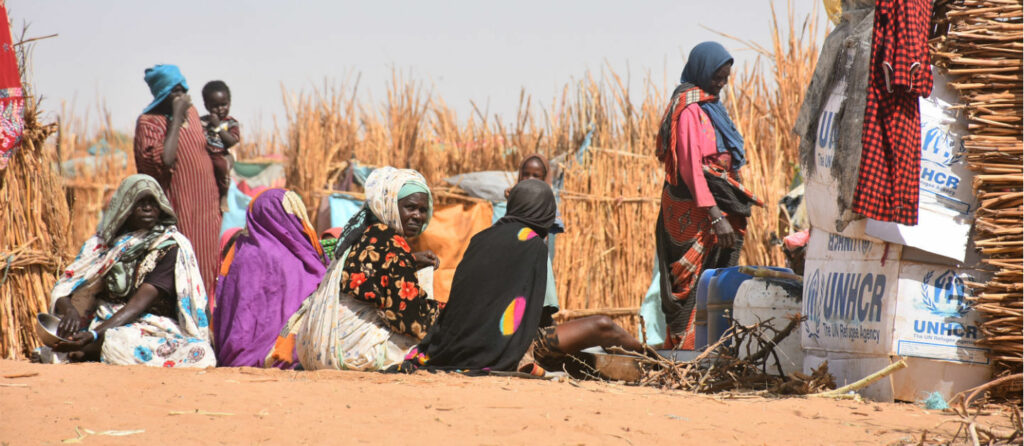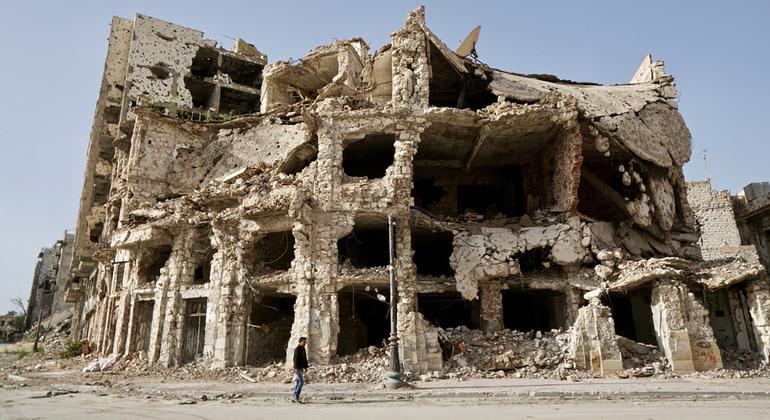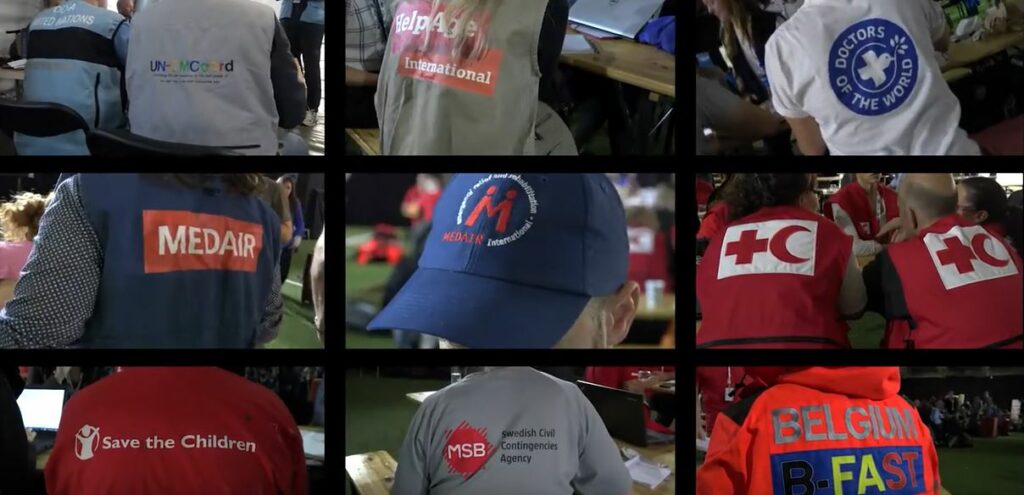In response to the impending arrival of Hurricane Irma in September 2017, the International Humanitarian Partnership (IHP) swiftly mobilized to support the United Nations Disaster Assessment and Coordination (UNDAC) team, focusing on strengthening communication infrastructure amidst anticipated widespread destruction. Given the hurricane’s unprecedented size and strength, which posed severe risks to Caribbean island states, IHP deployed two experienced ICT specialists from Norway’s Directorate for Civil Protection (DSB) to Barbados, acting as an early-entry hub for response efforts. This proactive, “no regrets” deployment allowed IHP to address anticipated communication breakdowns—crucial for an effective disaster response.
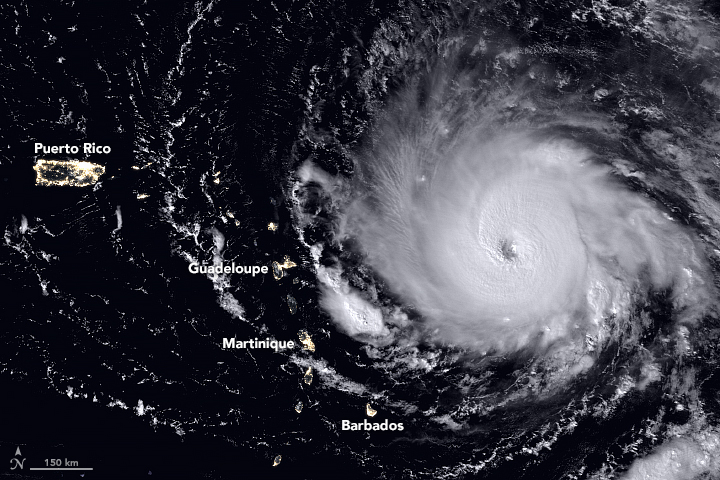
The IHP specialists, trained to “help the helpers,” ensured that the UNDAC team had stable communication channels, thereby enabling continuous situational awareness and coordination with local authorities. The IHP deployment also allowed UNDAC experts, including a representative from Sweden’s Civil Contingencies Agency (MSB), to respond effectively to the rapidly evolving crisis. The deployment, initiated even before the hurricane made landfall, underscored IHP’s commitment to supporting UNOCHA and national governments by facilitating early response measures that can be scaled up as needed.
Cover Image Credit: WFP / Gabriela Alvarado
